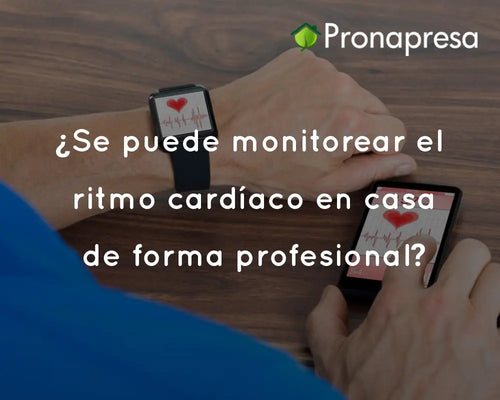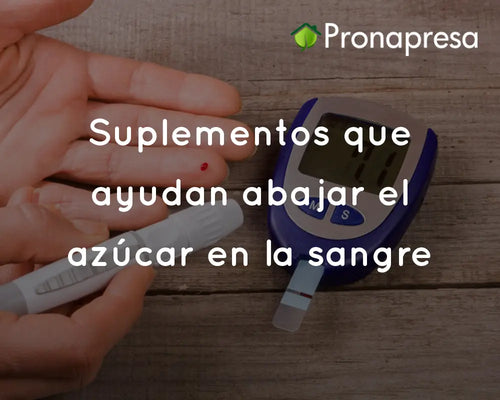
The first thing you should know about prediabetes is that it's asymptomatic, meaning that if you suffer from this condition, you won't experience any particular discomfort related to it. You won't experience headaches, dizziness, fatigue, or any visible bodily signs.
But prediabetes is the initial stage of type 2 diabetes mellitus, which is a very serious disease that causes various ailments. Therefore, the best way to prevent the onset of prediabetes is to assess the risk factors that may predispose you to it.
Risk factors for prediabetes
Below we provide you with a list of 5 signs that can help you determine if you may be suffering from prediabetes:
- Family genetic history: If at least three generations of people in your family or ancestors have suffered from type II diabetes mellitus, your predisposition is quite high, with a probability of between 80% and 100%, depending on the presence of the gene and the number of members who have suffered from it.
- Tests: If you have had at least 2 or 3 blood glucose tests and your blood glucose levels have been between 100 and 125 milligrams per deciliter on an empty stomach.
- Fast-paced lifestyle: If your workdays and daily lifestyle leave little time for eating or dieting, and you only consume fast food, sweets or candies high in carbohydrates, sugary drinks, and sweets, you should have a medical checkup and check your blood levels, especially those related to metabolism, such as blood glucose, cholesterol, cortisol, and triglycerides.
- Craving sweets: Drinking sugary drinks, excessive thirst, and frequent urination are clear signs that you could be on the path to prediabetes or diabetes.
- Difficulty healing small or large wounds.
Indicators of prediabetes

Prediabetes is a group of primary conditions linked to diabetes, which begin to appear at any age and are determined by factors such as hereditary, dietary habits, quality of life, and consumption of sugar or glucose in quantities greater than those recommended by nutritionists.
Some research studies at U.S. universities indicate in their statistics that more than 54 million Americans are suffering from prediabetes, and that this figure continues to increase exponentially; therefore, if a projection were made for the Western world, the prediabetes levels would be somewhat alarming.
How to determine if you have prediabetes?
Will it take too many tests to determine if you have prediabetes? The answer to this question is no. High blood sugar levels, but not high enough to diagnose diabetes, can be an indicator that you could develop the disease in the coming years. Ultimately, this is the disease feared by many and indicates that you will need to radically change your lifestyle.
Preventing prediabetes
Below is a list of 4 preventative measures to avoid prediabetes:
- Change your lifestyle: abandon your sedentary lifestyle and dedicate yourself to at least half an hour to an hour of exercise every day.
- Swap fast food rich in carbohydrates and sugars for a healthy diet rich in vegetables, greens, and salads. Increase your fiber intake and choose not to eat fried foods, but rather steamed, grilled, or boiled foods.
- Avoid sugar intake and replace it with sweeteners that are not fructose-based, cellulose-based, or lactose-based.
- Improve your diet: Swap sweets for fruits like strawberries, blackberries, pineapple, melon, watermelon, passion fruit, and guavas. Switch up your drinks, ditching sugary sodas and soft drinks for sugar-free fruit juices, and if you need to sweeten them, use artificial sweeteners.
- Increase your vegetable intake: chard, spinach, lettuce, broccoli, cauliflower, carrots, beets, celery, bell peppers, tomatoes, avocado, and other vegetables. Create your own salads to complement white meats, chicken, and fish; reduce red meat intake and eliminate pork altogether.






















































